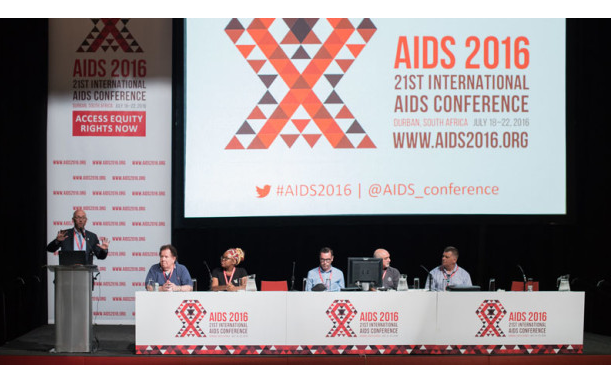When Anti-retroviral drugs are used in combination with other drugs to treat opportunistic infections, mortality rates in individuals infected with HIV are greatly reduced, two studies released at the 21st AIDs Conference in Durban South Africa have shown.
Studies conducted in Kenya, Malawi, Uganda, and Zimbabwe compared mortality rates when two different models of care were provided to adults and children who were presented for Antiretroviral Treatment (ART) with severely compromised immunity.
Half the group (899 people) was provided with the standard level of care, including ARVs and the antibiotic cotrimoxazole. The other half (906 people) received the standard treatment plus enhanced prophylaxis for bacterial infections, tuberculosis, cryptococcal meningitis, oral/oesophageal candida, and parasitic worms.
In the first 24 weeks of treatment, there were 108 deaths in the group receiving standard care, compared to 80 among those receiving enhanced prophylaxis.
Within 48 weeks these respective figures increased to 127 and 98 deaths, respectively.
“Providing enhanced prophylaxis at the start of ART reduced early mortality by 25 per cent among patients with advanced HIV disease,” said James Hakim, a Professor of Medicine at the University of Zimbabwe College of Health Sciences.
He added that if these gains are spread across the entire treatment programme, more lives could be saved. “We are looking at saving three lives for every 100 patients we treat. Policy-makers should consider introducing this low-cost broad infection package for all HIV-positive patients presenting with very low CD4 counts,” he said.
The study also found that viral suppression among young people decreased with age.
While 71 per cent of children aged five to nine years were virally suppressed, the rate among those aged 10 to 14 years dropped to 65 per cent, and only 61 per cent of those in the 15-19-year age group achieved viral supression.
“The number of adolescents accessing HIV care is increasing, yet this group experiences poorer treatment outcomes than other age groups,” said Mhairi Maskew, Senior Researcher in the Health Economics and Epidemiology Research Office, Faculty of Health Sciences at Wits University.
The UNAIDS fast-track strategy seeks to ensure that 90 per cent of HIV-positive people know their status, 90 per cent are able to access ART, and 90 per cent of those on treatment attain viral suppression, by the year 2020.




